HAMILTON: The Archive
In the musical Hamilton, which opened last night on Broadway, George Washington tells Alexander Hamilton, “You have no control...who tells your story.” At the New York Public Library, we preserve the artifacts that allow such stories to be told, and we have an especially strong collection of archives related to the women and men whose lives inspired the characters in the musical. In recent months, we have been engaged in a focused effort to digitize many of these archives, making it possible to tell Hamilton’s story not on ink and paper but on screens and pixels. Since tickets to Hamilton are about as rare as Gutenberg Bibles, I thought it might be fun to summarize the story here using NYPL’s digitized collections. Two quick caveats though: 1) There are spoilers aplenty here (but then, the primary plot points are nearly 250 years old and so have surely passed the spoiler statute of limitations), and 2) This summary is based on my memories of the show at the Public and in an early Broadway preview. I know there have been some changes, but the song list in PlaybillVault suggests the summary is still mostly accurate.
Act One
Aaron Burr meets Hamilton and introduces him to friends, John Laurens, the Marquis de Lafayette, and Herclues Mulligan (not pictured):
We are then introduced to General George Washington, who fights alongside Hamilton at the Battle of Trenton.
Washington asks Hamilton to be his secretary, but Hamilton initially refuses, longing for the glory of the battlefield rather than a desk job. Washington tells Hamilton he was once impulsive like Hamilton. In a line at the Public Theatre (now rewritten), Washington mentioned that his impulsivity started the French and Indian War. NYPL preserves Washington's diary from that period of his life.
Hamilton eventually accepts Washington's offer, and becomes his "right hand man," often writing letters on behalf of the General. NYPL has preserved some of these letters:
This musical then moves to a ball where the Schuyler sisters and Hamilton are present. It is not clear where this ball is meant to take place, but it may be at the Schuyler mansion in Albany and where Hamilton eventually married Eliza.
The Schuylers also had land in Saratoga. During the war, Mrs. Schuyler burnt the crops on this land in order to prevent the British from using them.
The scene then shifts to the battlefield. The war is not going well. Washington has appointed Charles Lee to lead the troops at the Battle of Monmouth, but Lee ordered a retreat contrary to Washington's directions.
Washington places Lafayette in charge in Lee's place. Lee is court-martialed and campaigns against Washington's leadership. In response, Hamilton's friend John Laurens challenges Lee to a duel. Lee is injured but survives. Washington places Lafayette in charge, and eventually, Hamilton is also given command of a battalion of troops. Together they surround and defeat the British at Yorktown, Virginia.
After the war, Aaron Burr marries Theodosia Prevost, the widow of a British officer who fought against the Americans in Georgia and the West Indies. They have a daughter (also named Theodosia, pictured below).
Meanwhile, Hamilton is elected to the Constitutional convention. He drafts a version of the Constitution which NYPL has preserved in our archives.
He also writes the majority of the Federalist Papers—essays explaining the Constitution to the citizens of the new nation.
Act Two
Hamilton is appointed Secretary of Treasury in Washington's new cabinet. Thomas Jefferson returns from France, becomes Secretary of State, and teams up with James Madison to oppose Hamilton's centralization of federal power.
Jefferson and Hamilton fight over state debts, alliances with France, and just about everything else during their time in the cabinet. Jefferson kept an account book of expenses during this period, which is now preserved at NYPL.
Eventually Jefferson resigns his position in protest, and announces his intention to run for president after Washington's second term. In the musical, Washington tells Hamilton that Jefferson will be running against someone else, because he plans to retire. Hamilton helps Washington draft his farewell address, a manuscript of which is preserved at NYPL.
John Adams is elected the second president. Hamilton opposes him in the press. In this letter, Jefferson congratulates Adams on his win, but warns him of "the subtlety of your arch-friend of New York" (Hamilton):
Hamilton is successful in opposing Adams, but his own political career is destroyed when, in an effort to clear his name from a charge of financial impropriety, he publishes a pamphlet confessing his adultery with a woman named Maria Reynolds whose husband blackmailed Hamilton and was the receipient of the money Hamilton was secretly paying out. Hamilton's son, Philip, attempts to defend his father's honor and is killed in a duel. The Hamiltons move "uptown" to "the Grange," where, as Hamilton says in the musical, it is "quiet."
Although not competitive in the election of 1800, Hamilton's support of Jefferson cost Aaron Burr the presidency. Burr and Hamilton spar over this and other issues in the press, eventually leading to Burr challenging Hamilton to a duel. Before heading to New Jersey, Hamilton writes a letter to his wife in which he calls her "best of wives and best of women."
Hamilton and Burr meet and duel at Weehaken. Hamilton "throws away his shot" by aiming "his pistol at the sky."
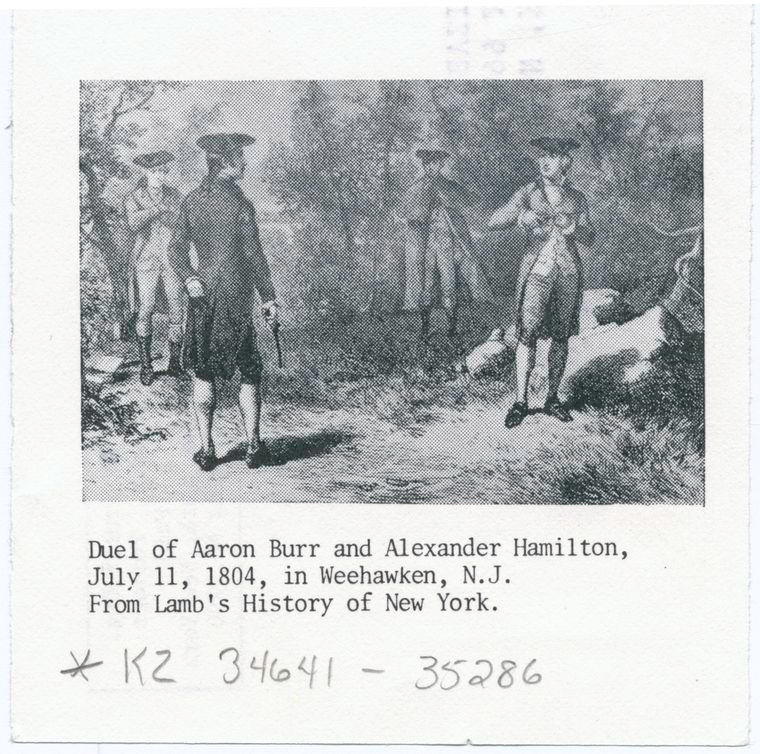
Hamilton died at the Bayard Mansion in Greenwich Village the next day.
Hamilton's wife Eliza lived another 50 years after her husband's death.
The musical chronicles her legacy which includes raising funds for the Washington monument and establishing an orphanage in Greenwich Village.
Alexander and Eliza also had seven children in addition to the son who died in the duel. In 1904, a photograph of three generations of Hamilton descendents was sent to the Lenox Library (the collections of which became part of the foundation for NYPL):
These are, of course, only a tiny fraction of the materials related to Alexander Hamilton in the library, and of course, his is only one life whose story is recorded, in fragmentary pieces, in our archives. There are many other stories here, just waiting for someone to tell them. Come visit!
Read E-Books with SimplyE
 With your library card, it's easier than ever to choose from more than 300,000 e-books on SimplyE, The New York Public Library's free e-reader app. Gain access to digital resources for all ages, including e-books, audiobooks, databases, and more.
With your library card, it's easier than ever to choose from more than 300,000 e-books on SimplyE, The New York Public Library's free e-reader app. Gain access to digital resources for all ages, including e-books, audiobooks, databases, and more.
If you don’t have an NYPL library card, New York State residents can apply for a digital card online or through SimplyE (available on the App Store or Google Play).
Need more help? Read our guide to using SimplyE.
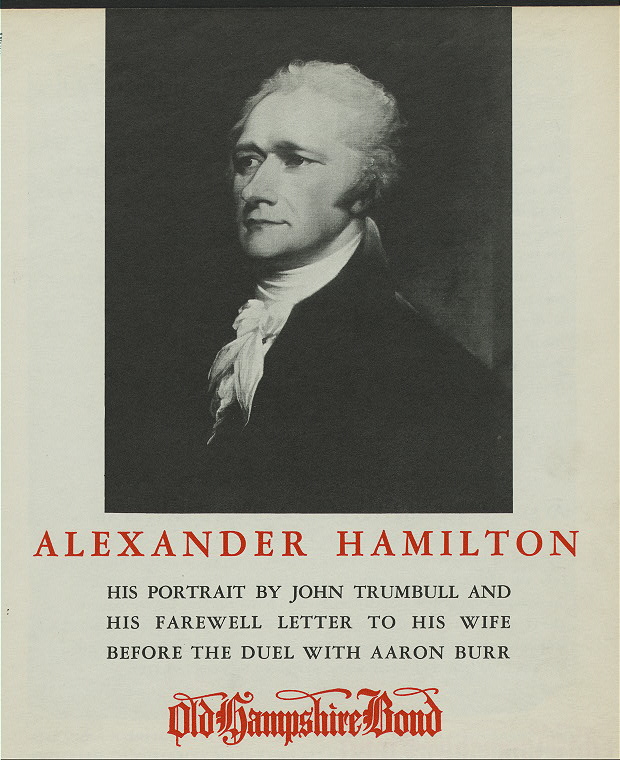
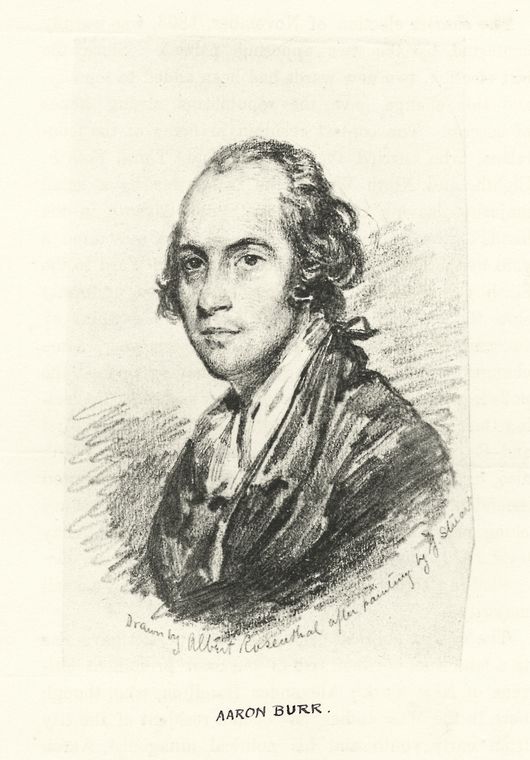
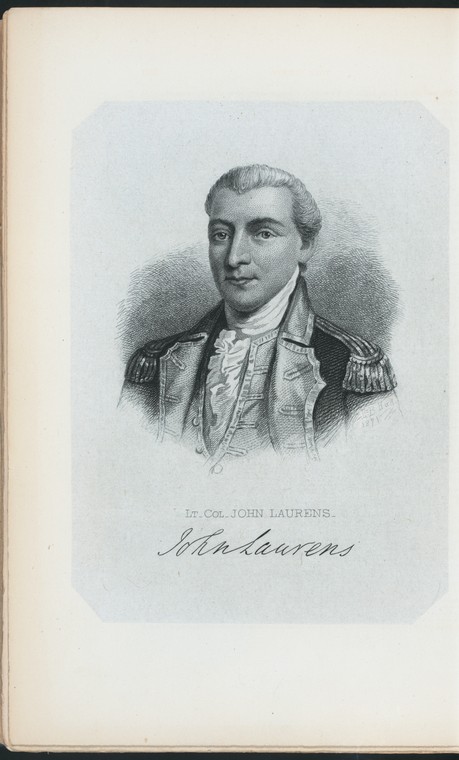
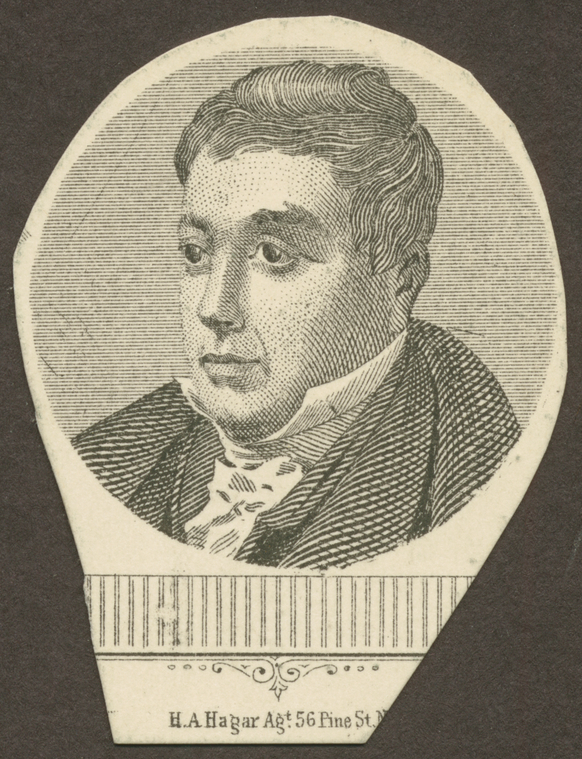

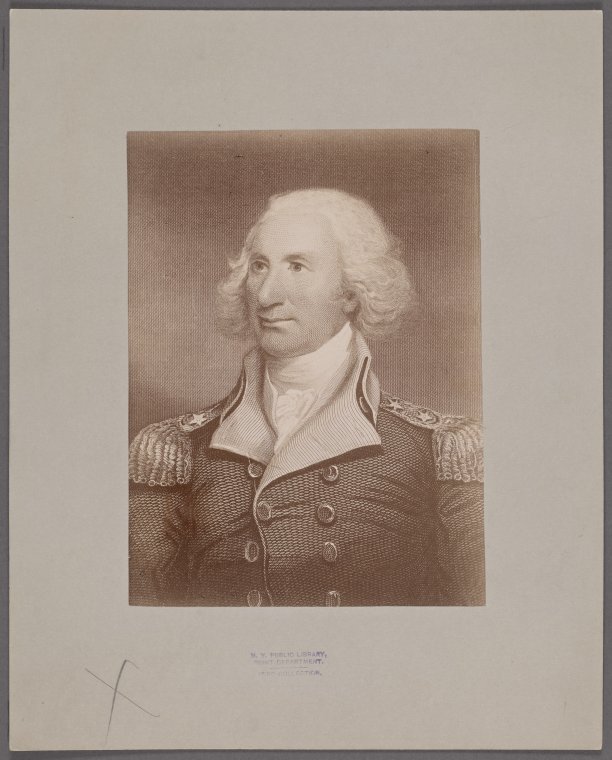
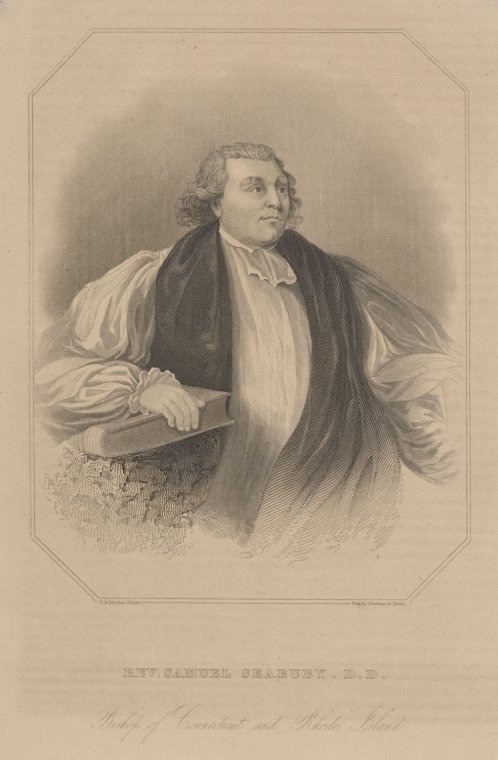
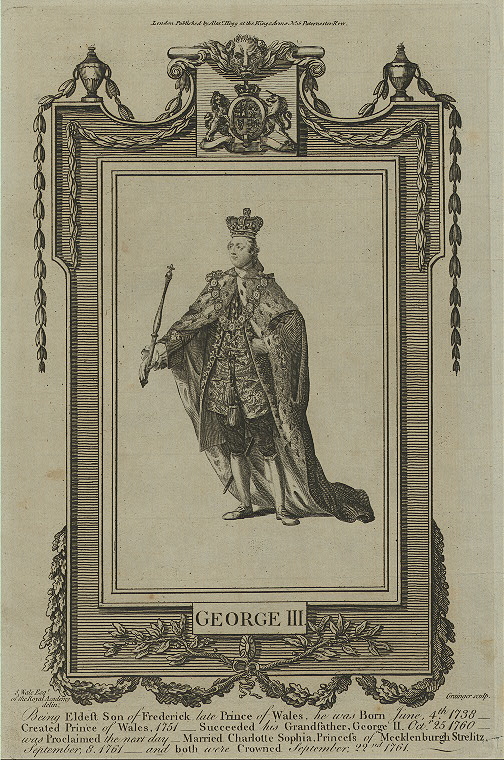
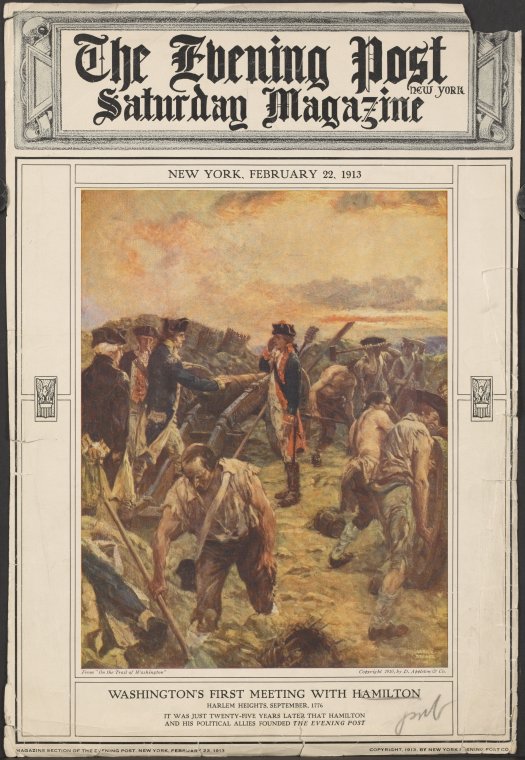
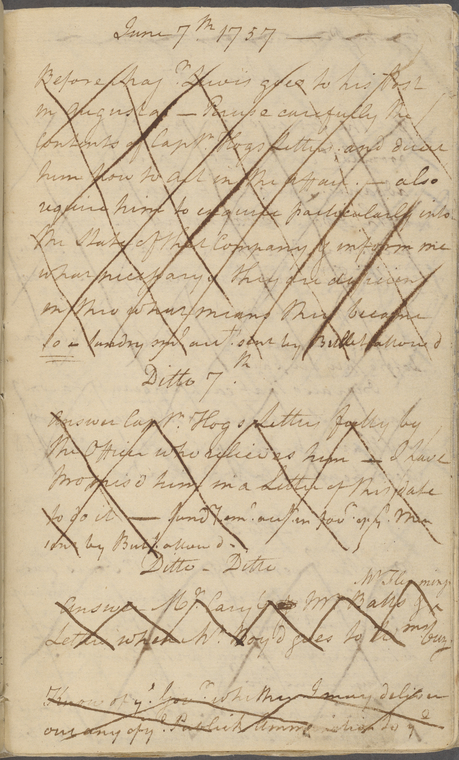
![Letter to Gen. [Henry] Knox](https://images.nypl.org/index.php?id=4017399&t=w)
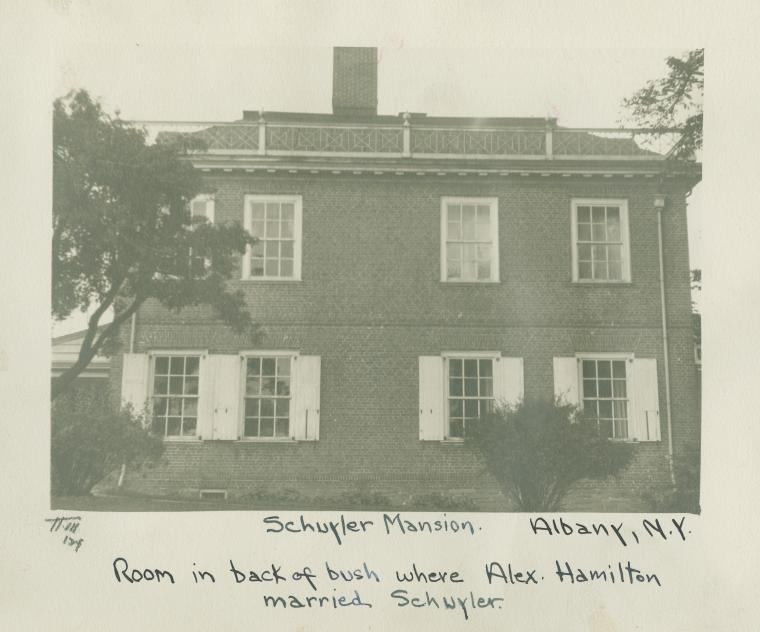
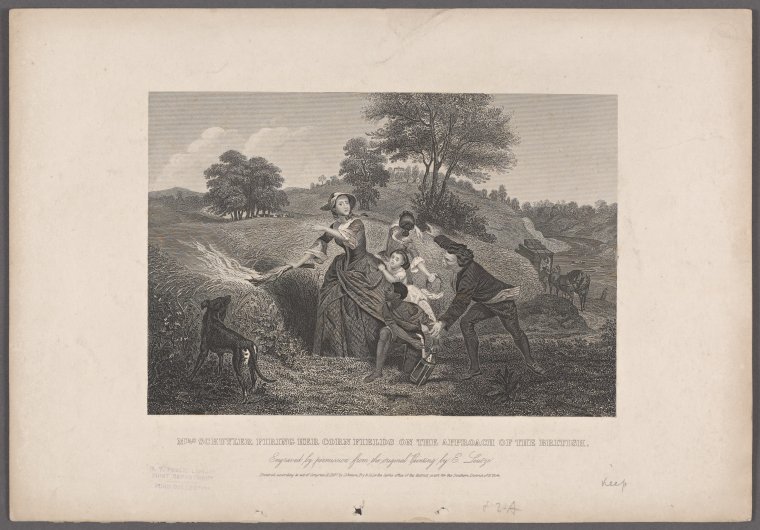
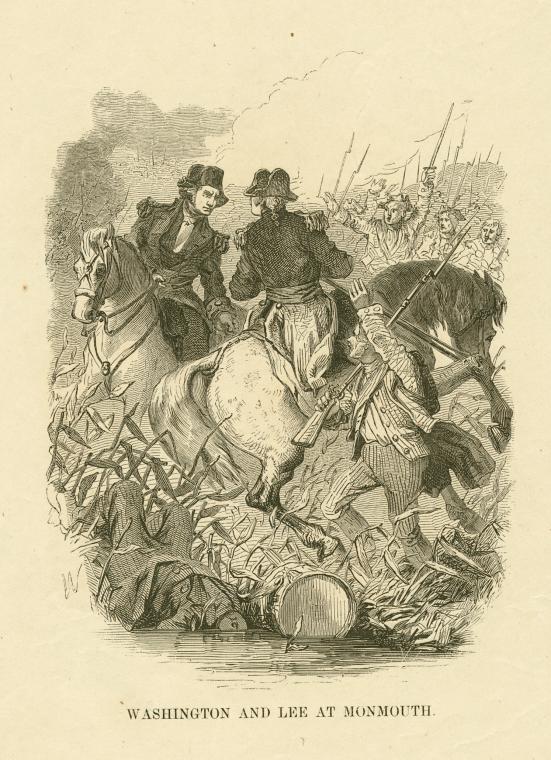
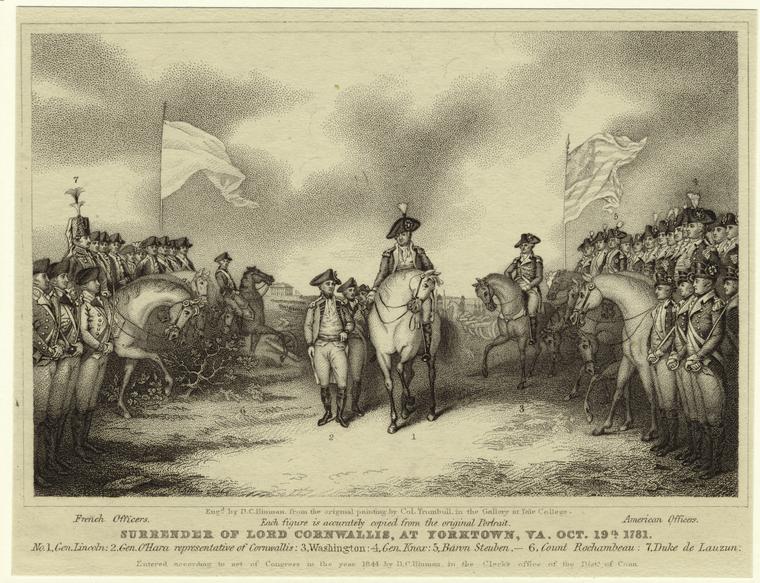
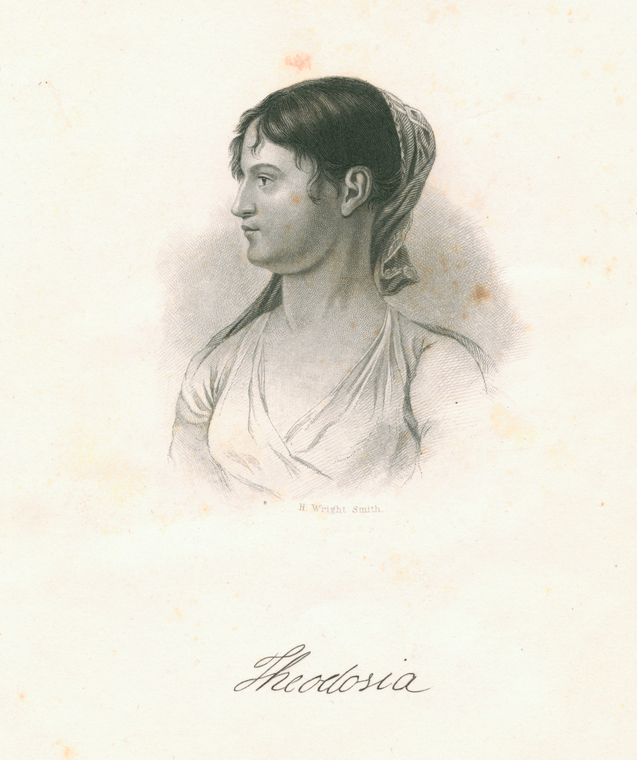


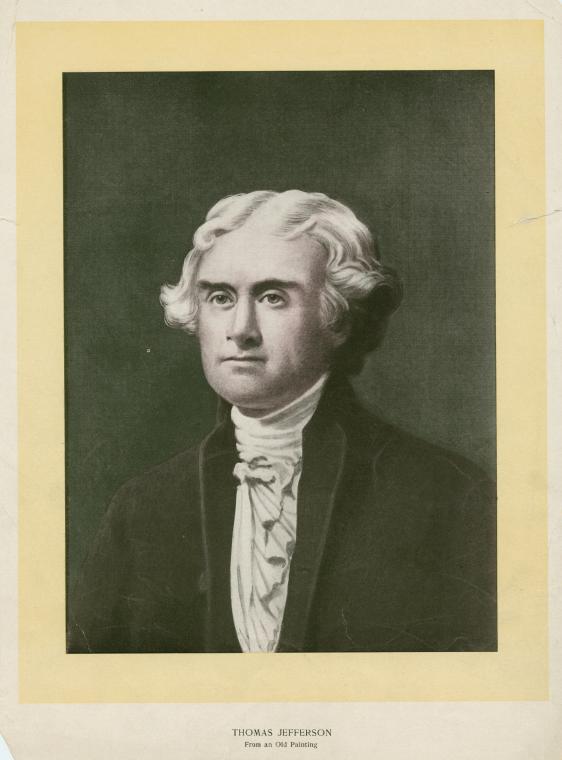
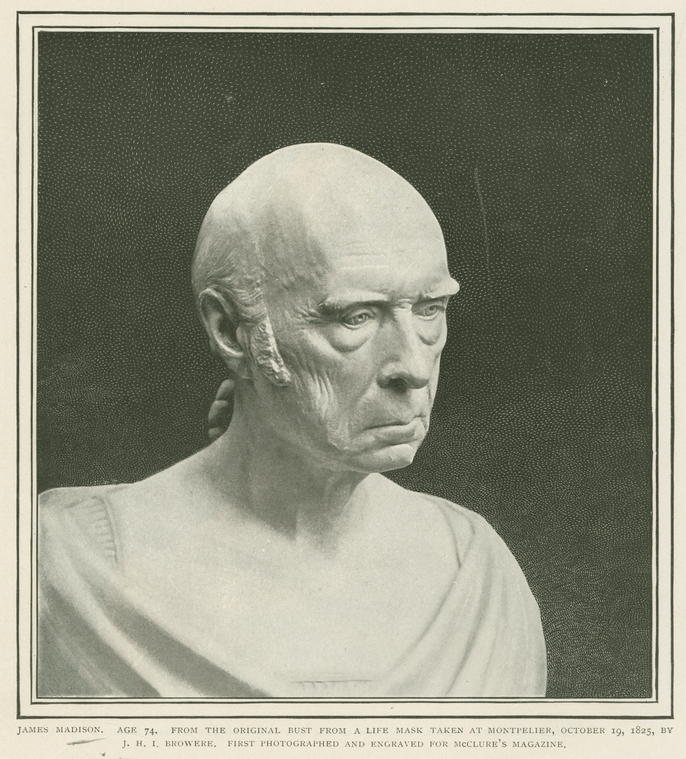
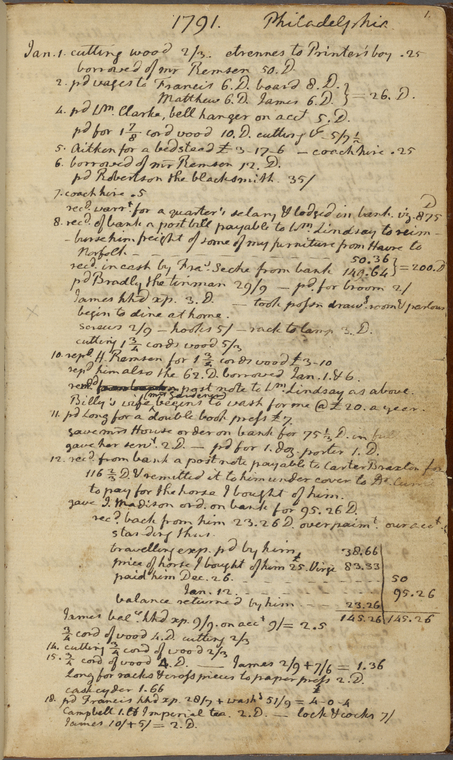
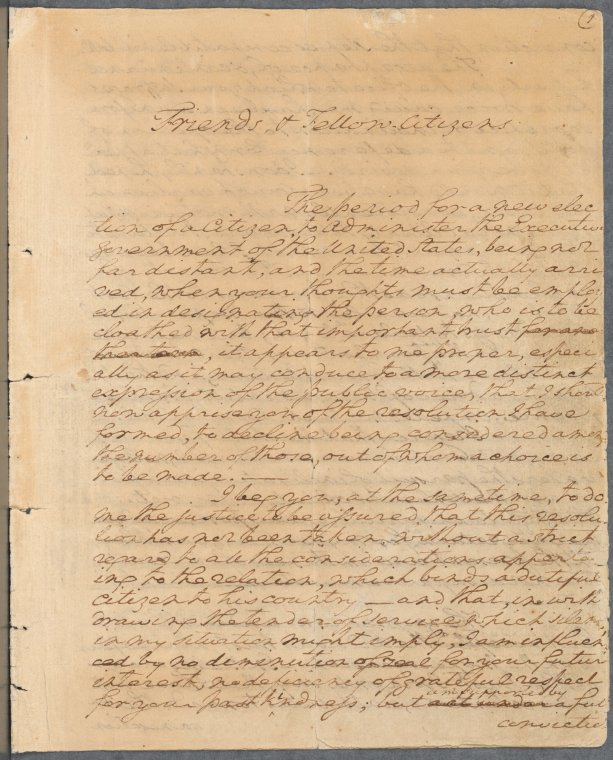

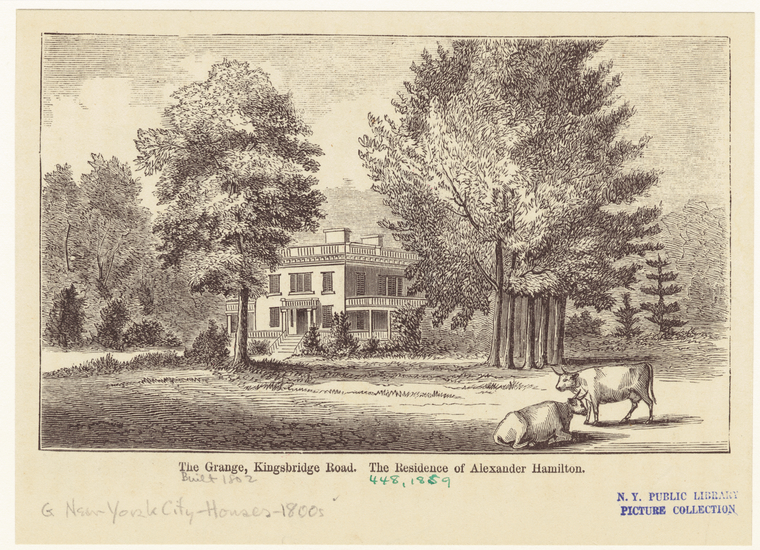
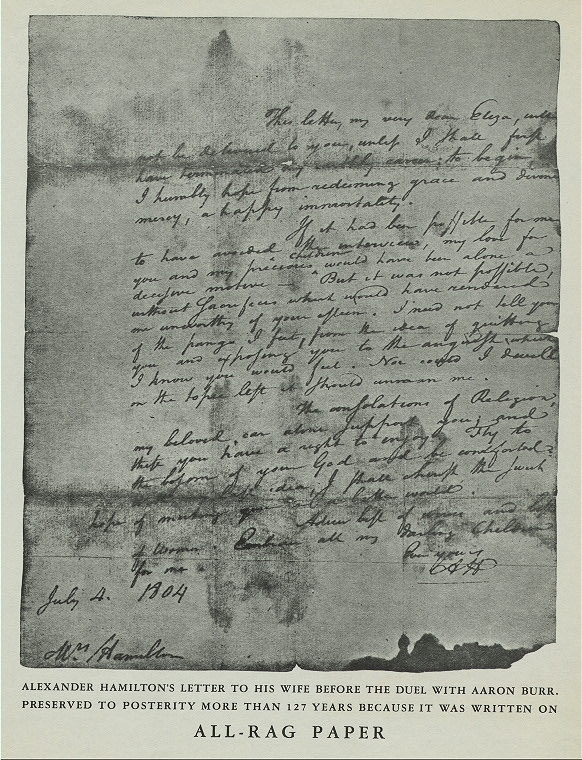

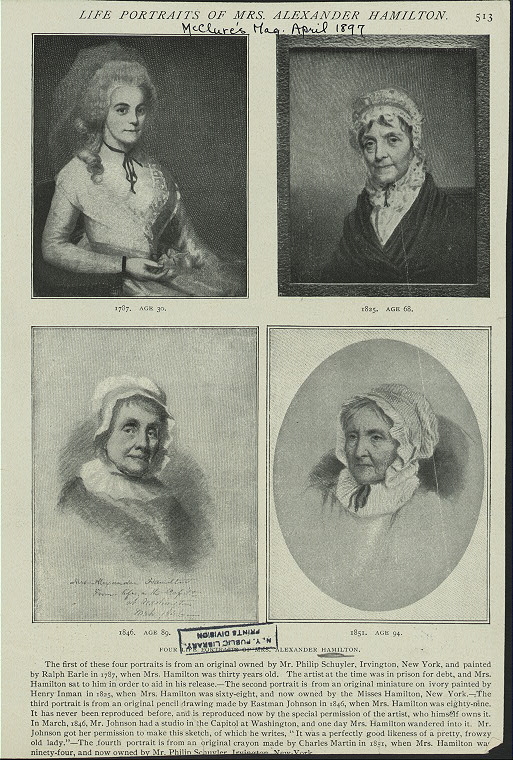
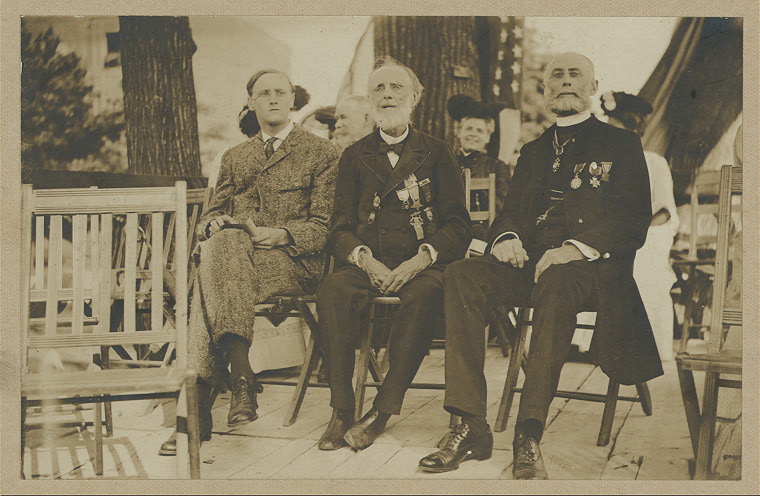
Comments
Hamiltonia!
Submitted by Daisy (not verified) on August 11, 2015 - 8:26pm
Hamilton piece
Submitted by Beth atondreau (not verified) on September 9, 2015 - 9:37pm
Hamilton's Tomb
Submitted by Edie (not verified) on September 9, 2015 - 9:53pm
Thanks
Submitted by miriam (not verified) on September 9, 2015 - 11:57pm
Hamilton history on Spring Street
Submitted by Eve Karlin (not verified) on September 10, 2015 - 8:13am
Show Stopper
Submitted by cdavid (not verified) on September 10, 2015 - 6:08pm
City of Liars and Thieves
Submitted by Eileen Obser (not verified) on September 11, 2015 - 12:27am
This is really so important!
Submitted by Karyna Hlyvynska (not verified) on September 11, 2015 - 10:46am
Wow! Great job thank you!!!
Submitted by Sydney (not verified) on December 2, 2015 - 9:21am
Elizabeth Schuyler pic
Submitted by Dianne Durante (not verified) on July 16, 2016 - 12:03pm
Eliza Hamilton's Orphanage still exists today!
Submitted by Sandra April (not verified) on September 9, 2016 - 3:46pm
Images
Submitted by Robin (not verified) on September 21, 2016 - 5:21pm